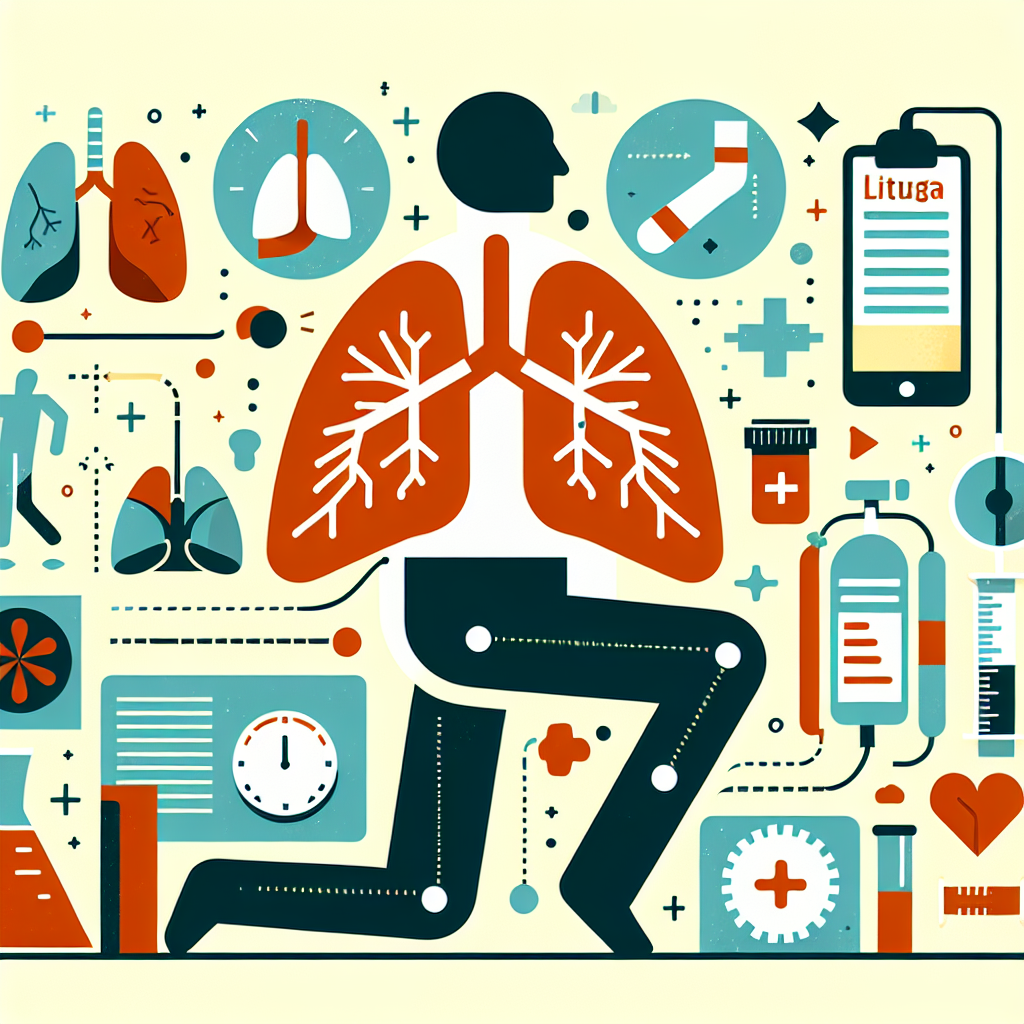Shortness of breath can be alarming, and knowing whether it stems from anxiety or a medical issue matters. Early on, learning how to tell if shortness of breath is from anxiety helps you respond calmly and decide when to seek care. This guide explains typical patterns, overlapping symptoms, red flags, and simple steps you can take right away to reduce distressing breathing sensations.
Recognizing shortness of breath from anxiety
When evaluating breathlessness, pay attention to context and accompanying symptoms. Shortness of breath from anxiety often arrives with a sense of impending doom, a racing heart, sweating, tremors, or a feeling of choking. People describe anxiety and trouble breathing as a tightness across the chest or an urge to gulp air, rather than true inability to get oxygen. If you notice episodes tied to stress, panic attacks, or specific triggers such as public speaking or crowded places, anxiety out of breath episodes are more likely.
How to tell the difference: clues and comparisons
Here are practical cues that point toward anxiety as the cause:
- Timing and triggers: Anxiety-related breathlessness often starts suddenly during or after a stressful event. If it correlates with worry, panic, or a specific situation, it suggests a psychophysiological origin.
- Accompanying nervous symptoms: Shortness of breath and nervousness frequently appear together. You may feel lightheaded, shaky, or flush, and your thoughts may spiral, feeding the breathing difficulty.
- Breathing pattern: People with anxiety often hyperventilate—quick, shallow breaths or overbreathing—leading to tingling in fingers or around the mouth. That pattern differs from the labored, noisy breathing seen with lung conditions.
- Relief with calming techniques: If paced breathing, grounding, or relaxation noticeably improves your breathing, anxiety trouble breathing all day might be episodic rather than a persistent pulmonary problem.
When shortness of breath might NOT be anxiety
Certain signs suggest a medical cause and require prompt evaluation: persistent or progressively worsening shortness of breath, fever, chest pain that radiates, sudden fainting, blue lips, or breathlessness at rest or with minimal exertion. If you ask could anxiety cause shortness of breath, the answer is yes — but medical causes must be ruled out when symptoms are new, severe, prolonged, or accompanied by other red flags.
Simple strategies to manage anxiety-related breathing
When the feeling begins, try these brief steps:
- Slow your breath: Inhale for four counts, pause briefly, exhale for six counts. This helps counteract hyperventilation and reduces lightheadedness.
- Grounding: Name five things you see, four you can touch, three you hear — this shifts attention and calms the nervous system.
- Posture and environment: Sit upright and loosen tight clothing. Move to a quieter space if possible and focus on long, gentle exhales.
- Regular habits: Improve baseline resilience with sleep, hydration, regular movement, and mindfulness or cognitive-behavioral techniques to reduce baseline anxiety that can lead to anxiety out of breath episodes.
For some people, symptoms feel constant — anxiety trouble breathing all day — and that chronic pattern often benefits from therapy, breathing retraining, and sometimes medication under a clinician’s guidance.
If you also experience tremors when anxious, consider reading more about managing shaking during anxiety and techniques that overlap with breathing control: descriptive anchor text.
When to seek medical care
Seek emergency care if you have severe or sudden breathlessness, blue lips or face, fainting, chest pressure or pain, or difficulty speaking. For recurring but non-emergency symptoms, schedule an evaluation with your primary care provider to check lungs, heart, and to discuss whether anxiety or another condition is responsible. Trusted resources like the National Institute of Mental Health provide reliable overviews of anxiety disorders and their physical manifestations: NIMH: Anxiety Disorders.
Ongoing care and prevention
Long-term improvement often combines skills training (breathwork, cognitive tools), lifestyle changes, and professional support. If shortness of breath from anxiety is disrupting work or daily life, a mental health professional can help you identify triggers, learn breathing retraining, and implement strategies to reduce baseline arousal. Remember that addressing sleep, caffeine, and substance use can also reduce episodes of shortness of breath and nervousness.
- Takeaways:
- Shortness of breath tied to acute stress, hyperventilation, and nervous symptoms often points to anxiety rather than a primary lung problem.
- Use paced breathing and grounding to quickly reduce symptoms; persistent or severe breathlessness needs medical evaluation.
- A combination of therapy, lifestyle changes, and sometimes medication offers the best long-term relief for anxiety-related breathing problems.
Is it common for anxiety to make you feel out of breath?
Yes. Anxiety can trigger hyperventilation and a perception of not getting enough air. Many people describe feeling anxiety out of breath during panic attacks or high-stress moments; it’s a recognized physical response to heightened arousal.
How can I tell if I should get emergency help?
Call emergency services or go to an emergency department if you have severe, sudden breathlessness, chest pain, fainting, confusion, or bluish lips/face. For ongoing but less severe symptoms, contact your primary care provider for testing and guidance.
Will therapy help if I feel short of breath from anxiety?
Yes. Cognitive-behavioral therapy, breathing retraining, and other evidence-based approaches can reduce both the frequency and intensity of anxiety-related breathing problems. A mental health professional can tailor techniques to your needs.






